When you look at a reputable ammunition retailer’s website, you’re going to see a plethora of information about each cartridge. Two of these, muzzle velocity and muzzle energy, may seem mysterious to a novice shooter. The former simply measures how fast the bullet exits the barrel in feet per second, or fps. The latter begs a little further explanation.
What is Muzzle Energy?
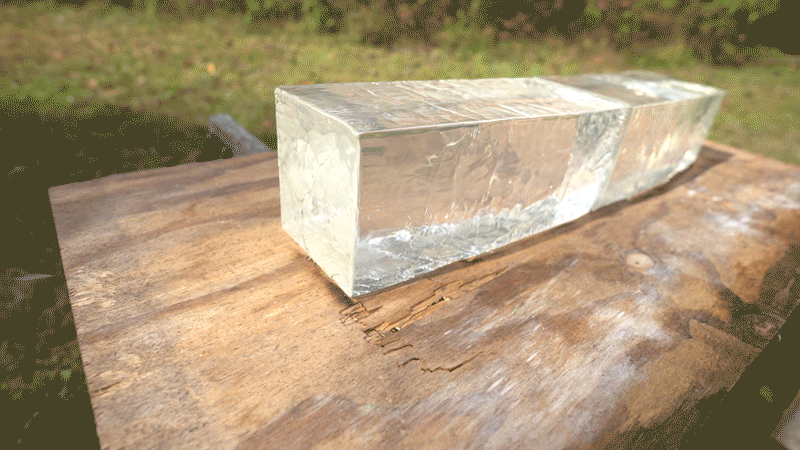
A block of ballistic gelatin hit with a 357 magnum round.
The muzzle energy of a bullet is a measurement of its destructive potential at the moment it exits the barrel. Also known as kinetic energy, we measure it in units of foot pound-force, or ft lb. One unit of ft lbs is the energy that transfers by applying one pound of force through a linear displacement of one foot.
Muzzle Energy Formula
The formula for calculating muzzle energy looks like this:
(FPS x FPS x Bullet Weight in Grain) / 450,240 = ft lbs
As is the rule when it comes to physics, we don’t consider extraneous factors like aerodynamics, gravity, and what you had for lunch for the sake of keeping the equation manageable.
Examples of the Muzzle Energy Equation
Let’s apply that formula to two examples.
The 2mm Kolibri is the smallest centerfire cartridge that has ever been sold. It was discontinued in 1938, largely because its piddling pistol required the hands of a three year old in order to be operated properly. It didn’t have a bore with rifling to stabilize its projectile, and it delivered a terminal effect that is roughly equivalent to being slapped by an anemic mouse. The 2mm Kolibri has a three grain projectile and a muzzle velocity of 660 fps. Considering this, we calculate a 2mm Kolibri’s energy like so:
(660 x 660 x 3) / 450,240= 2.9 ft lbs
The Germans developed the Schwerer Gustav. It was an 80 centimeter railway gun of the 1930s for the singular purpose of destroying the strongest fortifications on earth. It had an effective range of 29 miles, and once destroyed a Russian munitions depot buried 98 feet below ground. The gun weighed 1,490 tons (thus making it unsuitable for concealed carry) and was capable of launching a 7.7 ton projectile with a muzzle velocity of 2,700 fps. So, to do the math:
(2,700 x 2,700 x 1.078e+8) / 450,240 = 1,745,429,104.48 ft lbs
This means that a gun’s projectile necessarily has a muzzle velocity between 2.9 ft lbs and 1.7 billion ft lbs. That is extremely unhelpful since we don’t shoot either of those calibers.
To give you some practical context, here are the data from a selection of various cartridges available on AmmoForSale.com.
Muzzle Energy Chart
| Caliber | Bullet Weight (Grain) | Muzzle Velocity (FPS) | Muzzle Energy (ft-lbs) |
|---|---|---|---|
| 9mm Ammo | 124 | 1,120 | 345 |
| 223 Rem Ammo | 55 | 3,240 | 1,282 |
| 45 ACP Ammunition | 230 | 837 | 358 |
| 40 S&W Ammo | 180 | 1,000 | 400 |
| 22 LR Ammo | 40 | 1,255 | 183 |
| 5.56x45 Ammo | 77 | 2,750 | 1,293 |
| 308 Win Ammo | 147 | 2,750 | 2,468 |
| 7.62x39 Ammo | 122 | 2,330 | 1,670 |
| 38 Special Ammo | 125 | 975 | 264 |
(It is interesting to note we mostly don’t consider energy when it comes to shotgun ammunition, with the exception of slugs; A one ounce 12 Gauge slug typically has 3,100 ft lbs muzzle energy.)
Why Muzzle Energy Matters
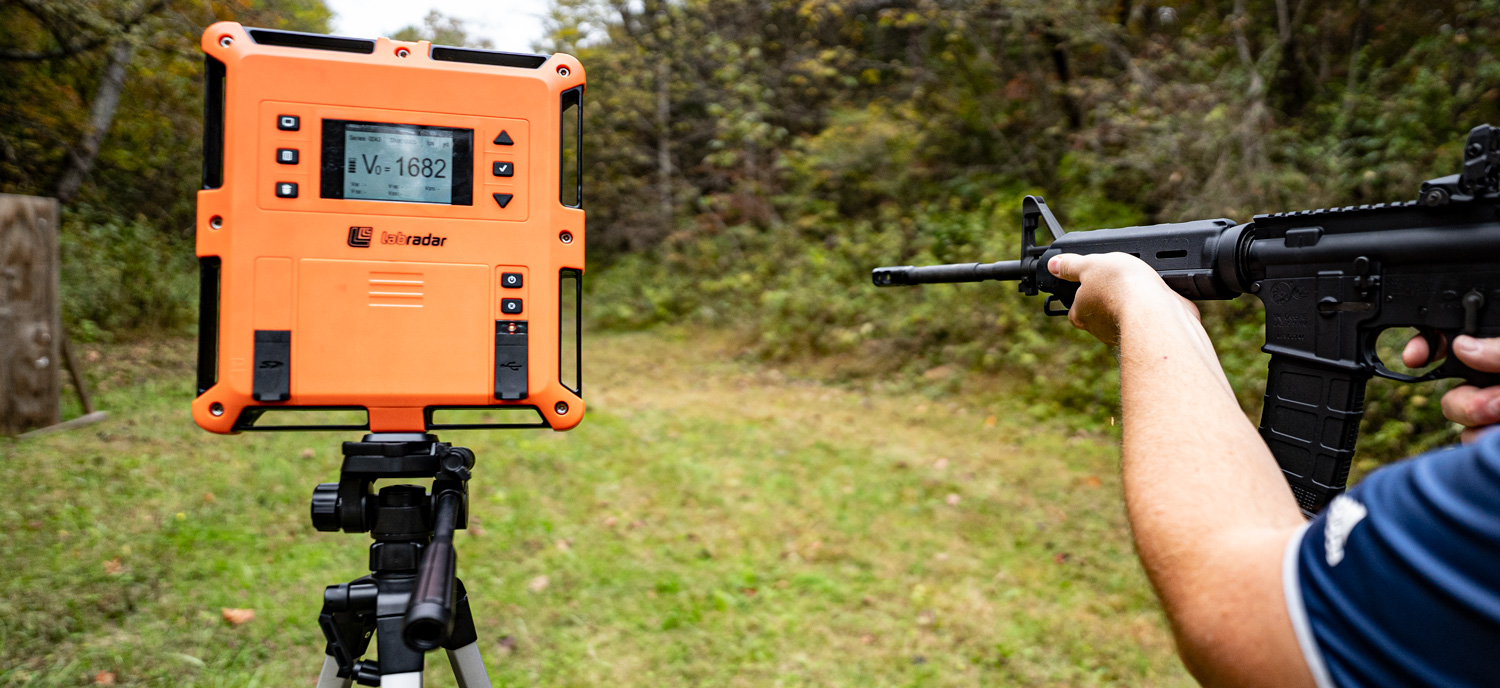
From this, it is easy to see the relationship between bullet weight, muzzle velocity, and muzzle energy. Quite simply put, the amount of damage a bullet can inflict depends on its weight and its speed at the moment of impact. This is why pistol rounds generally do less damage — by necessity they must be smaller, and therefore can’t hold the amount of propellant that they would need in order to achieve a very fast muzzle velocity. In that vein, a rifle round with its more spacious casing can have a lighter projectile than a pistol round, yet still deliver greater muzzle energy.
Because a bullet loses speed the farther it travels, its energy gradually decreases as the result. Would you rather be hit by a 55 grain projectile traveling at 3,000 fps, or 2,000 fps? Your answer to that question is the reason why muzzle energy matters.
Always bear in mind that muzzle velocity, and therefore muzzle energy, is not a constant. Although the data provided by a manufacturer are reliable, real world physics don’t occur in an idealized vacuum. Temperature, barometric pressure, altitude, humidity, the condition of a weapon, and even minute variations between cartridges can cause muzzle energy to vary from shot to shot. Still, a manufacturer’s data are mostly accurate. That data is a helpful guideline as to just how much damage you can do with your firearm.


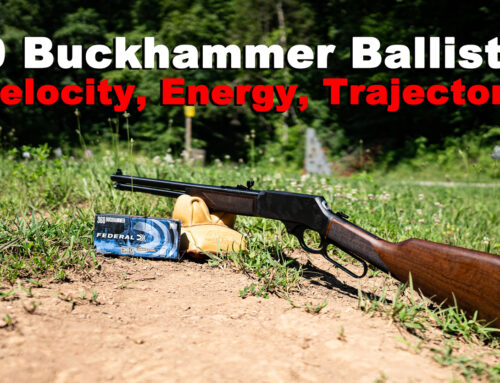
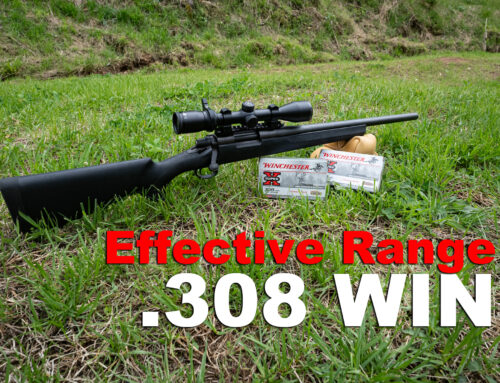
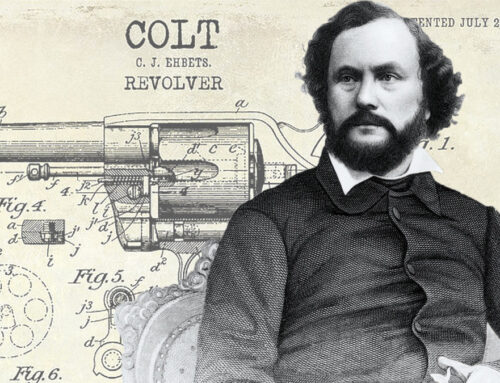
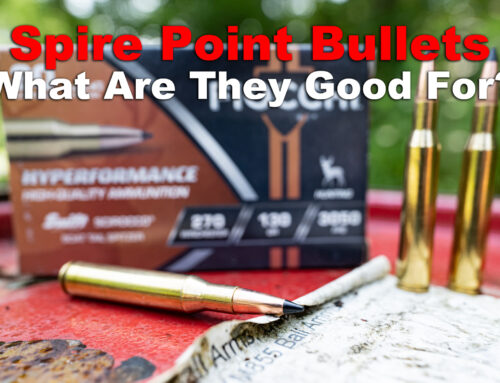
Waal, son – back in my day down Texas way, we usta carry Carl Gustafs on each hip – ’til we hearda them Schwerer Gustafs, and decided if a Carl was good, a Schwerer must be better. Steada wastin’ all day takin’ out a prairie dog town, we’d only hafta shoot once, and we’d clear the whole back 40. We wuz fixin’ to order some, and then we looked at the shippin’ charges; eeee doggies – woulda been an even swap for an oil field. So we-uns stuck with the Carls – figgerin’ some day them charges would drop, and then we’d git back ta orderin’ . . .
Or at least that’s what grandpa told me . . .
Had to laugh at the “unsuitable for concealed carry” . . .
So which is better – a 115gr round with muzzle energy of 325 ft/lbs or a 147gr round with muzzle energy of 325 ft/lbs?
Generally, they won’t have the same energy at the same distances Don. For instance, Federal American Eagle 115 grain ammo’s energy decreases at a faster pace than the 147 grain as the bullet heads downrange. (Though Federal does advertise these two have VERY similar muzzle energy values. 312 vs 311 ft-lbs)
That was a good article, thanks. I enjoyed the read about the tiniest to the biggest guns and bored my wife with it too :) I just know I wanted something to make my 500 Smith Mag seem like that anemic mouse you mentioned. So I had a custom revolver built in 50 Alaskan made for me. Oh its got A LOT more power for sure but its one of those becareful what you wish for’s. That thing KICKS!!
Careful with that 50 Alaskan!!! haha